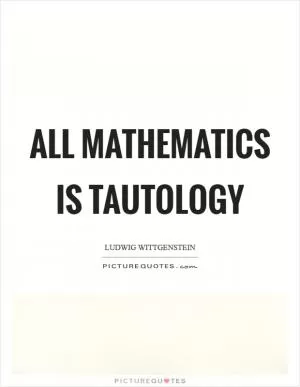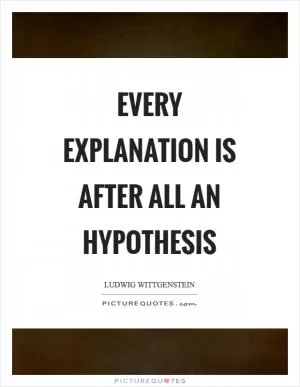What can be shown, cannot be said

What can be shown, cannot be said
Ludwig Wittgenstein, a renowned Austrian-British philosopher, is often associated with the phrase "What can be shown, cannot be said." This statement encapsulates Wittgenstein's belief in the limitations of language and the importance of non-verbal forms of communication in conveying meaning. Wittgenstein's philosophy, particularly his later work, emphasizes the idea that language is inherently limited in its ability to accurately represent reality. He believed that there are certain aspects of human experience that cannot be adequately captured through words alone.Wittgenstein's exploration of language and its limitations is evident in his seminal work, the Tractatus Logico-Philosophicus. In this work, Wittgenstein argues that language is a tool for representing the world, but it is not capable of capturing the full complexity of reality. He posits that there are certain truths that are beyond the reach of language, and that these truths can only be shown through direct experience or observation. This idea is encapsulated in his famous statement, "Whereof one cannot speak, thereof one must be silent."
Wittgenstein's later work, particularly his Philosophical Investigations, further explores the limitations of language and the importance of non-verbal forms of communication. In this work, Wittgenstein emphasizes the role of context, gesture, and action in conveying meaning. He argues that language is not a fixed set of rules or definitions, but rather a dynamic and evolving form of communication that is shaped by its social and cultural context.












 Friendship Quotes
Friendship Quotes Love Quotes
Love Quotes Life Quotes
Life Quotes Funny Quotes
Funny Quotes Motivational Quotes
Motivational Quotes Inspirational Quotes
Inspirational Quotes